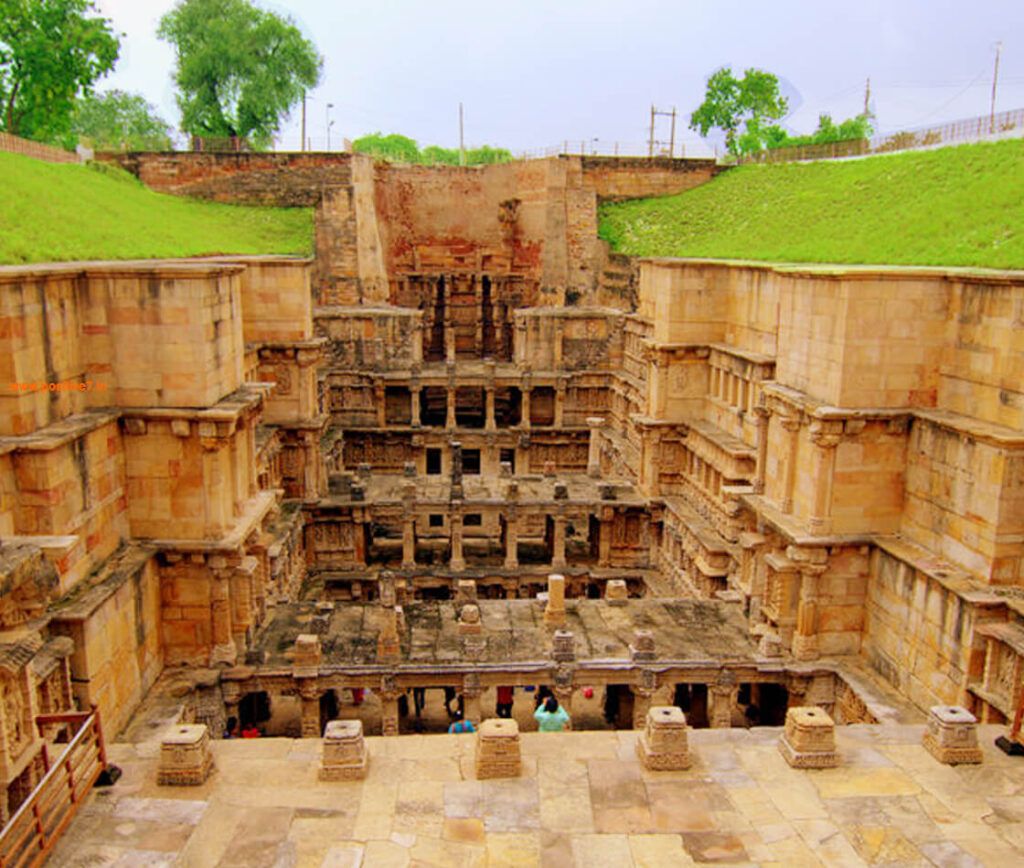Must Visit Historical Places in India for Students
India’s civilization is one of the oldest in the world. 5000 years of civilization and more have given India some fantastic historical places, monuments, legends, and experiences. From ancient to medieval times, several kings and emperors, dynasties, and kingdoms have built monuments for various reasons. Apart from that, there are temples and caves which bear testament to the artistic excellence attained in the past ages. From the rule of the Mughals and British, the country offered you a wide variety of places you could explore to expand your knowledge and learn more about India’s culture, religion, and tradition.
Here is a list of the top 15 must-visit historical places in India for students, if you want to learn more about our country.
Taj mahal
Taj Mahal needs no formal introduction. Constructed entirely out of white marble, this epitome of love stands among the historical monuments in India. It was constructed during the reign of Shah Jahan to commemorate his beloved wife, Mumtaz. It took 22 years to complete and is the finest example of combining elements of Mughal, Persian, Ottoman Turkish, and Indian architectural styles. It is one of the eight wonders of the world and the jewel of Muslim art in India. It is located in the city of Agra on the banks of the holy river Yamuna in the state of Uttar Pradesh and is described as a teardrop on the cheek of eternity by Rabindranath Tagore.
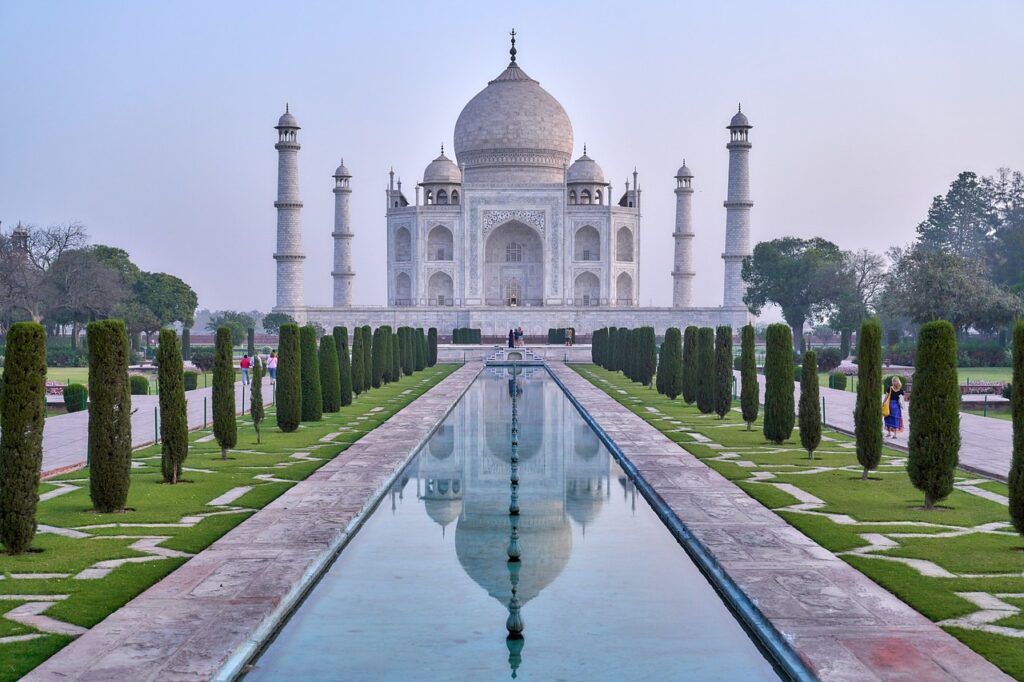
Qutub Minar
Qutub Minar is one of the tallest creations in Indian history with a height of 234 feet is the Qutub Minar. It is one of the finest examples of Indo-Muslim architecture with its intricate red sandstone stories. These are dotted with carvings and verses from the Quran and are mostly in Arabic and Nagari. It got its name from Qutb-ud-din Aibak who was the first Muslim ruler of North India. The Qutub Minar complex is home to an iron pillar that has not rusted even after 2000 years.
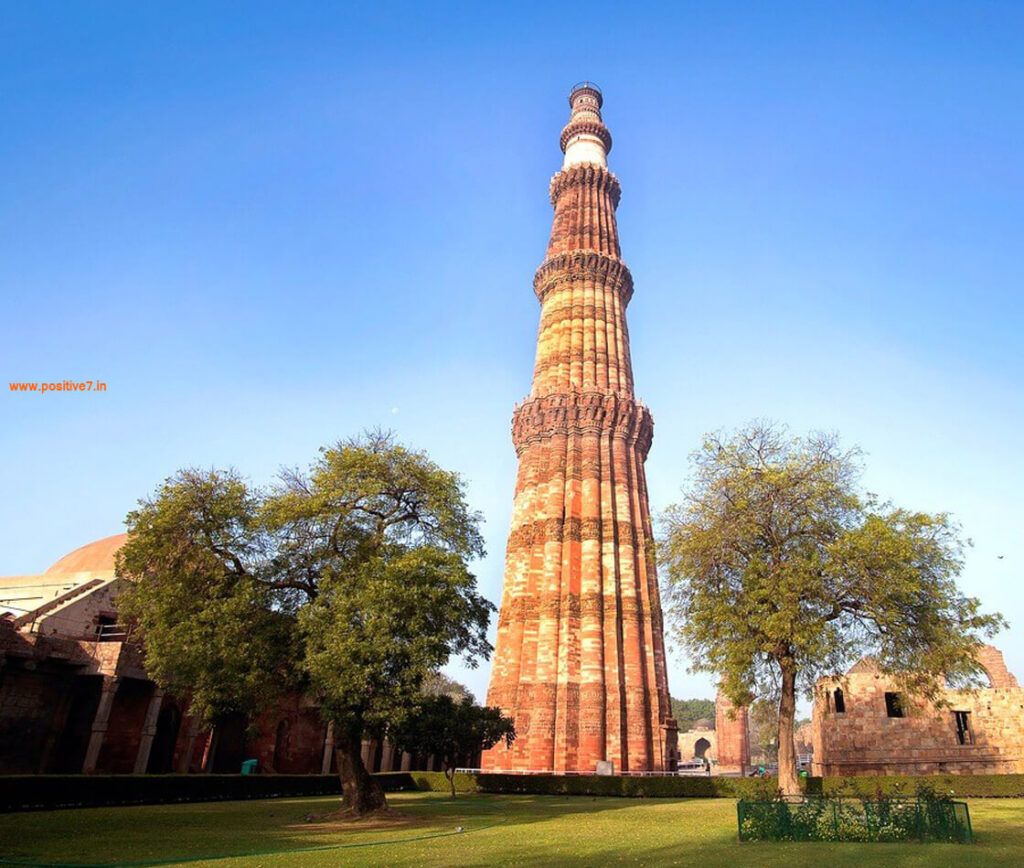
Amer Fort – Jaipur
Amer Fort is in the Pink City of Jaipur, cradled on the top of Aravali Hills lies the Amer Fort, one of the most magnificent palaces in India. Also commonly known as the Amer Fort, this majestic building with its maze-like passages and serpentine staircases is an architectural masterpiece and with significant importance in Indian history. Amer Fort is clad in pink and yellow sandstone and is part of an extensive complex. It was built by one of the most trusted generals of Akbar, Maharaja Man Singh I in the year 1592.
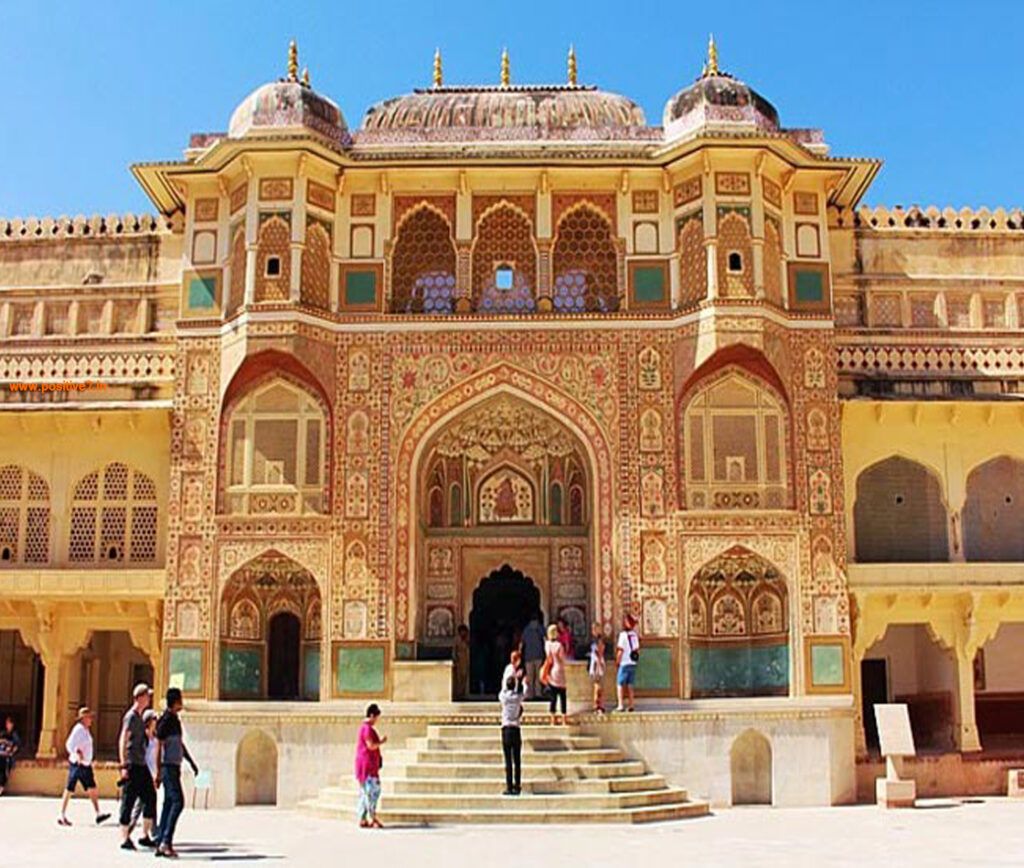
Ajanta & Ellora Caves
Ajanta & Ellora Caves in Aurangabad is an example of outstanding craftsmanship. Depicting a pleasing amalgamation of the Hindu, Buddhist, and Jain cultures, It’s amazing to think that each rock carving was done by hand and it stuns onlookers with its intricate design and artwork. These caves were an accidental discovery by the British officer John Smith. There are 29 caves belonging to Hinduism, Jainism, and Buddhism. There are 34 caves at Ellora, out of which 12 are Buddhist, 17 are Hindu and 5 are Jain.
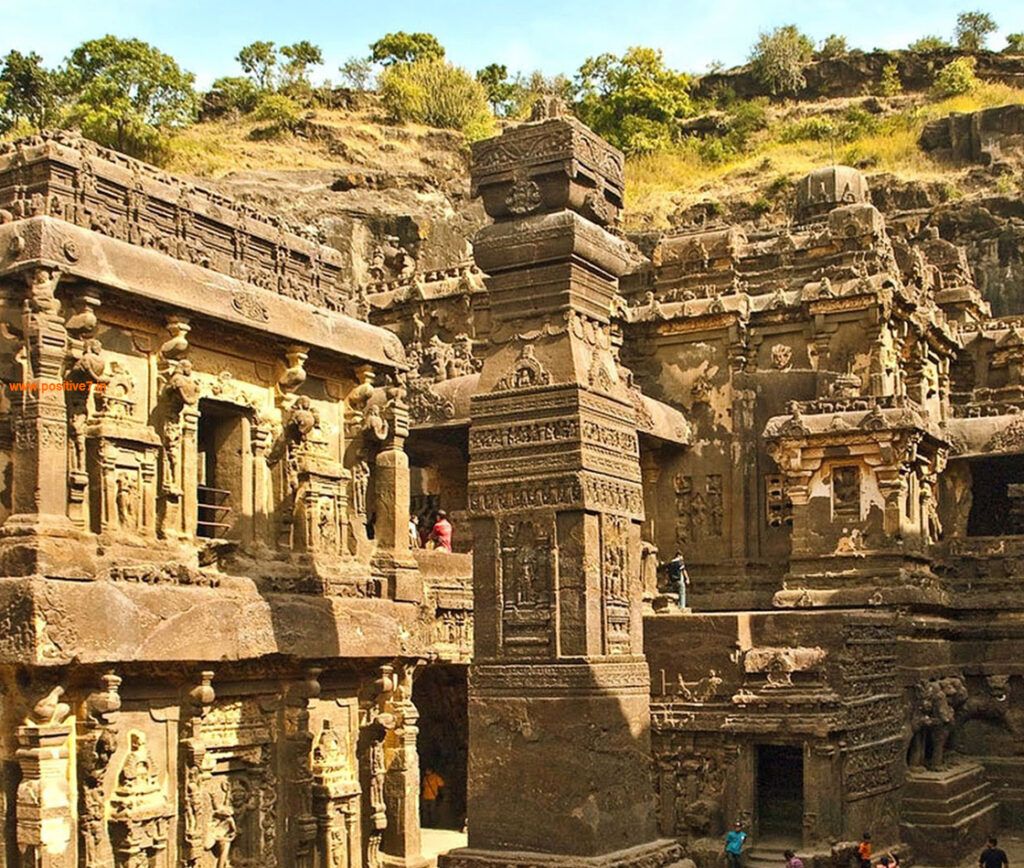
Red Fort
Red Fort is also popular by the name of Qila-E-Mubarak. The fort was built as a palace by the fifth Mughal Emperor, Shah Jahan when he shifted his capital from Agra to Delhi in 1638. The capital, known as Shahjahanabad, was where Old Delhi is today. . It took nearly 9 years to erect this marvelous monument that reflects the Indo-Islamic style of architecture. The Mughals occupied the fort for almost 200 years until it was lost to the British in 1857. When India obtained Independence on August 15, 1947, the first Prime Minister of India (Jawahar Lal Nehru) unfurled the Indian flag from the fort’s ramparts.
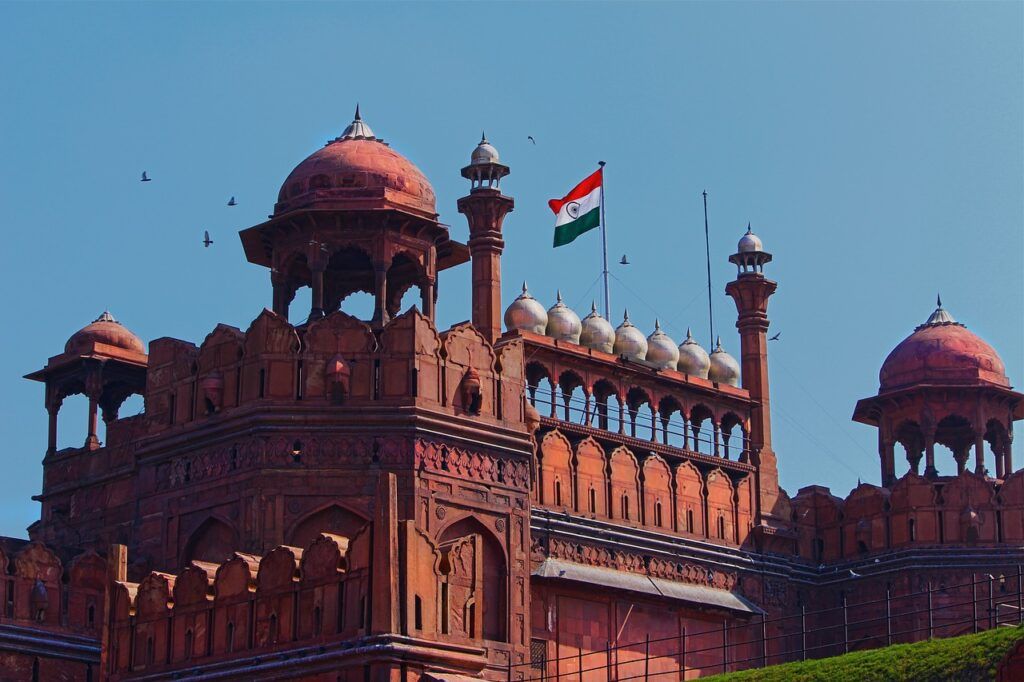
Hampi
Hampi the city of ruins was once the last capital of Vijayanagar, one of the greatest Hindu empires in India’s history. Located in Karnataka, Hampi is famous for its group of monuments and these monuments are masterpieces in the form of well-carved gopurams, chariots, temples, monolithic structures, etc. that tell the amazing stories of the bygone times. Hampi is an open museum with 100+ locations to explore and a favorite way to see the city from the perspective of its history.
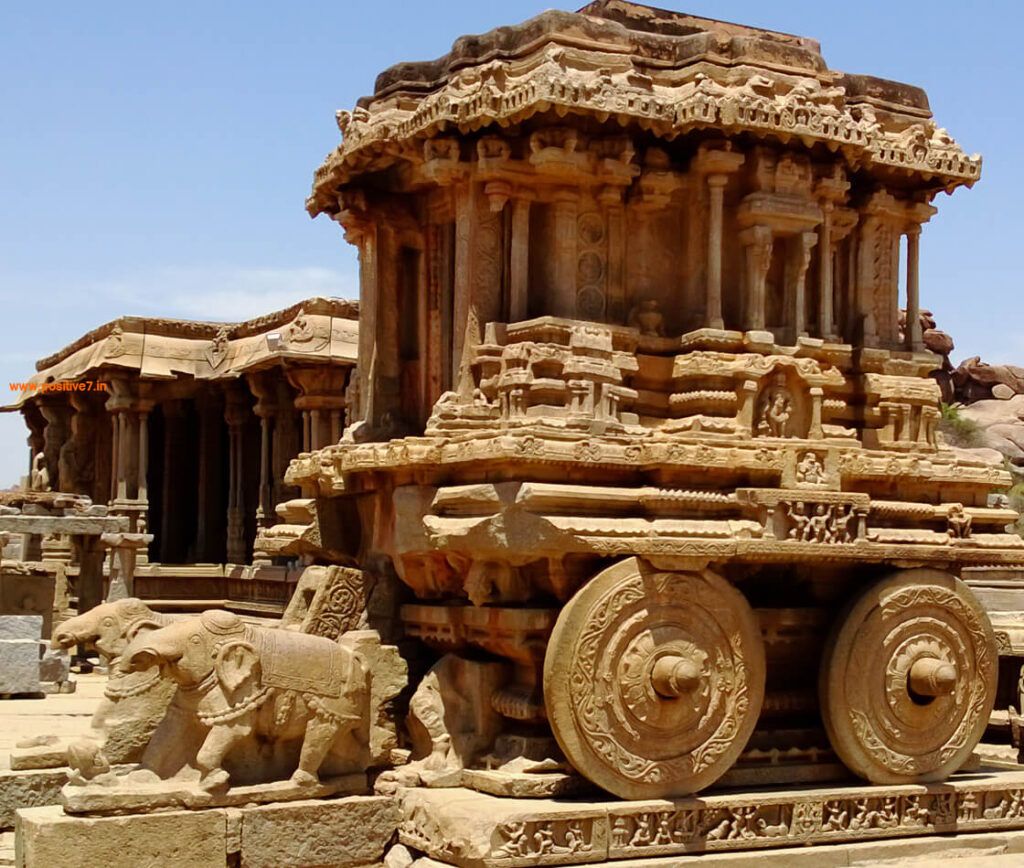
Sanchi Stupa
Sanchi Stupa the Buddhist monuments of Sanchi are one of the oldest stone structures in India, the Great Stupa was installed in the 3rd century BC by Emperor Ashoka of the Mauryan dynasty. The sculptures and monuments present at the site are a fine example of the development of Buddhist art and architecture. The dome of the stupa describes the freedom from the circle of life & death. Hundreds of Buddhists and monks pay a visit to this sacred site throughout the year.
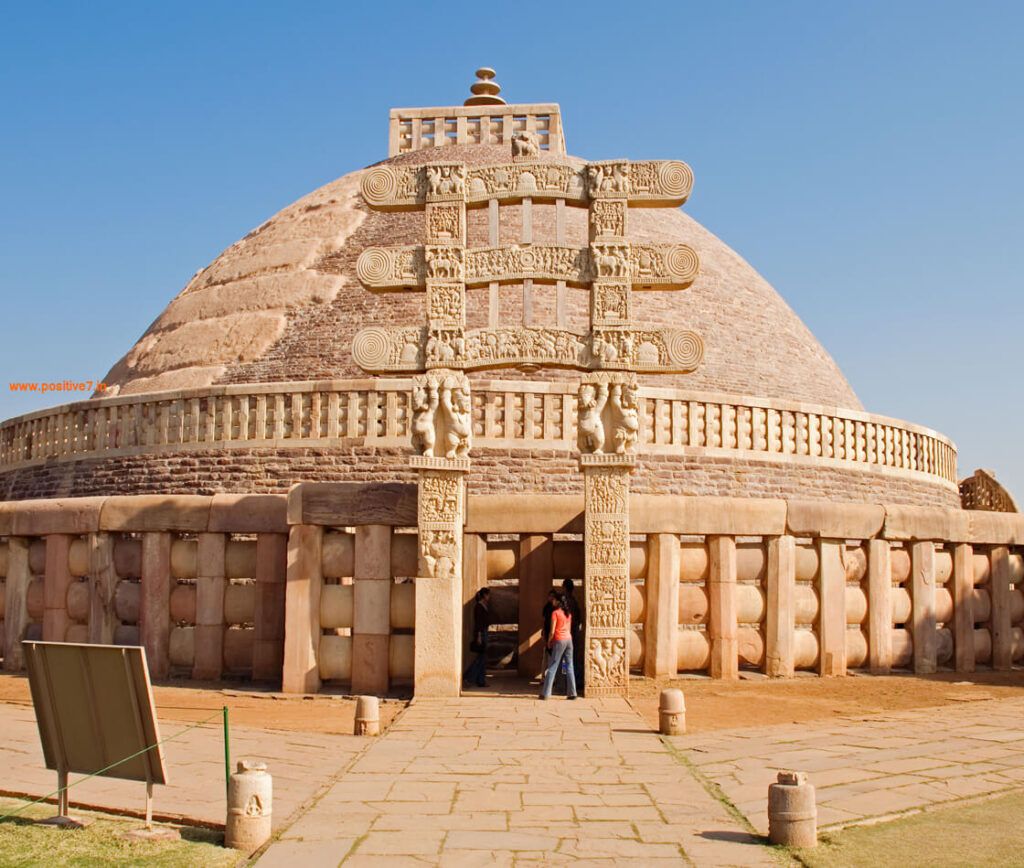
Konark Sun Temple
Konark Sun Temple in Odisha is an ode to the artistic brilliance achieved under the reign of King Narasimhadeva I, the glorious ruler of the Ganga dynasty. Located on the coast of the Bay of Bengal, it showcases exquisite ancient architecture 1200 artisans and craftsmen were deployed for the construction. The temple is built in such a manner that the rays of the sun fall directly on the idol of the Sun God in the morning, afternoon, and sunset. One particular attraction is the entrance to the temple which shows two lions crushing elephants and a human body lying at the foot of it. The Konark Sun Temple is also known as the “Black Pagoda” by some scholars.
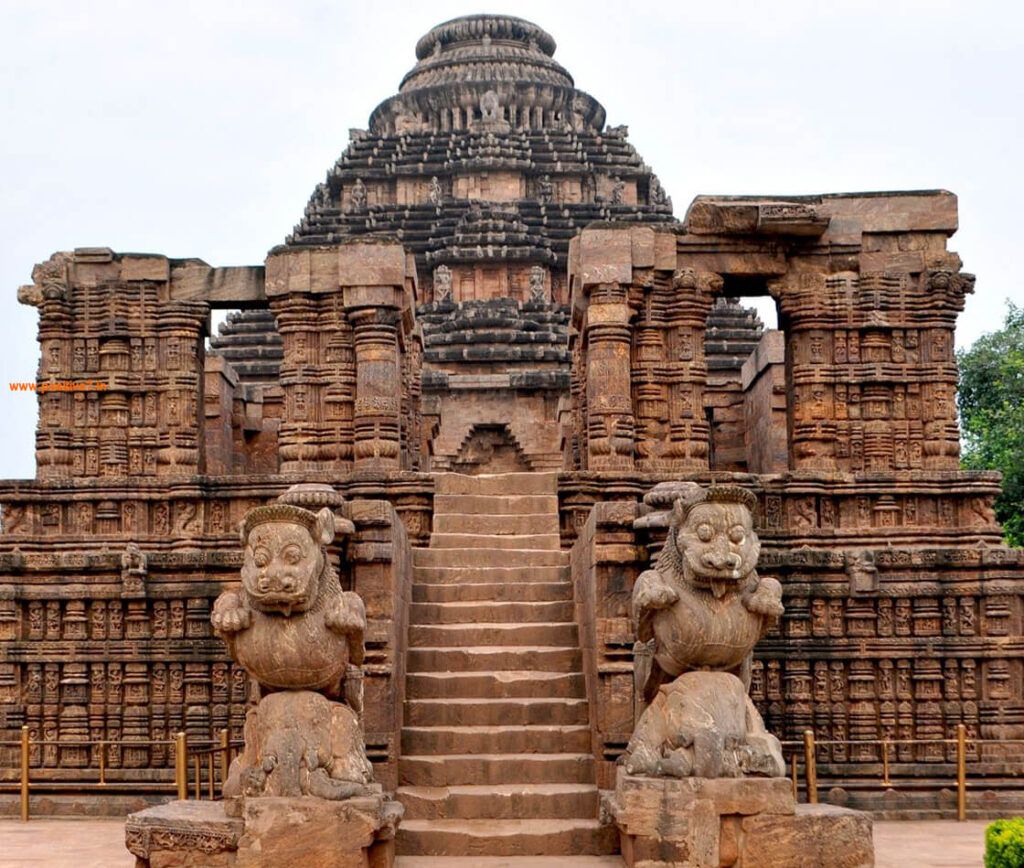
Khajuraho
Khajuraho has always been thought of as the place that exemplifies sensuality and eroticism at its best. A small town located in Madhya Pradesh, Khajuraho is a brilliant example of Indian architecture and its culture. The architecture of these Hindu and Jain temples depicts the innocent form of love, and the carvings on the walls display passion in the most erotic yet aesthetic ways. Built between 950 to 1050 AD the sheer confrontational nature of these carvings shows a stark paradox with the conventional Indian ideals about eroticism, leaving everybody spellbound. Art in this small town is engrained in all of its structures and is a classic example of the finesse of India’s cultural and artistic heritage.
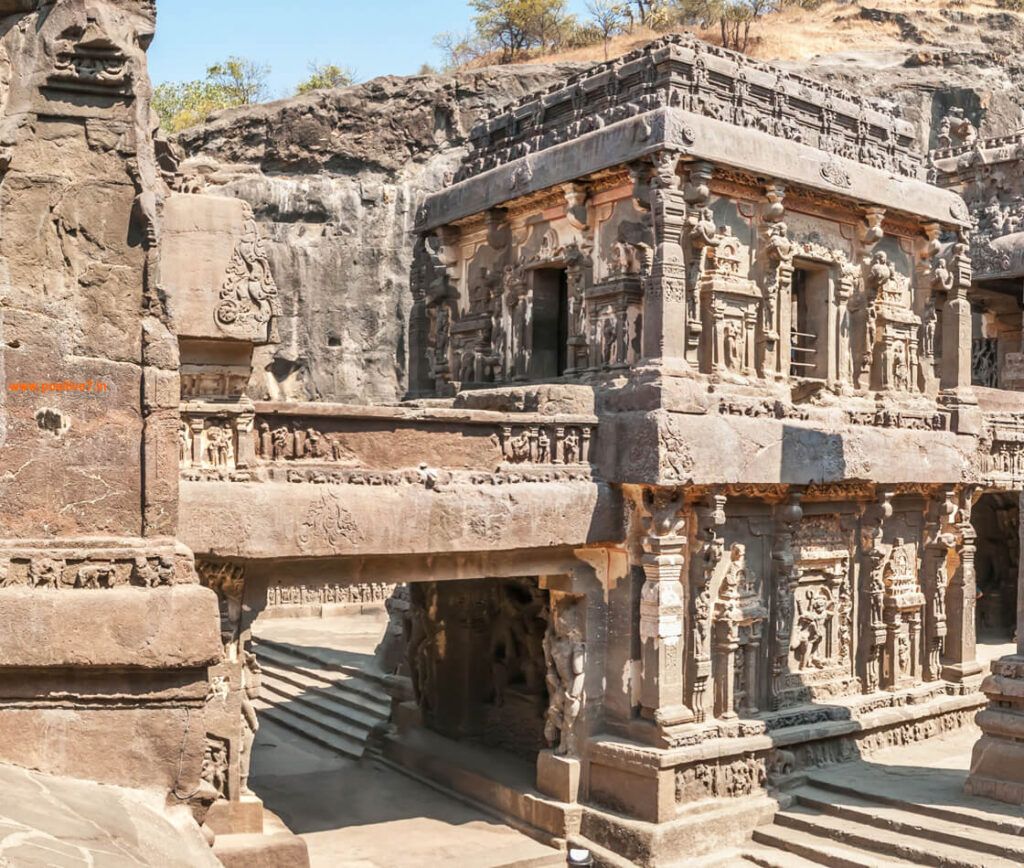
Hawa Mahal
Hawa Mahal is situated in the heart of the pink city and the capital of Rajasthan, Jaipur. The pyramid shape five-story palace is constructed with red and pink sandstone by Maharaja Sawai Pratap Singh in the year 1799. It was originally built for the women of the royal clan so that they can witness the events, ceremonies, and processions without leaving the palace. It has been embellished with 953 tiny windows, also known as ‘Jharokhas’, and embellished with gorgeous latticework.
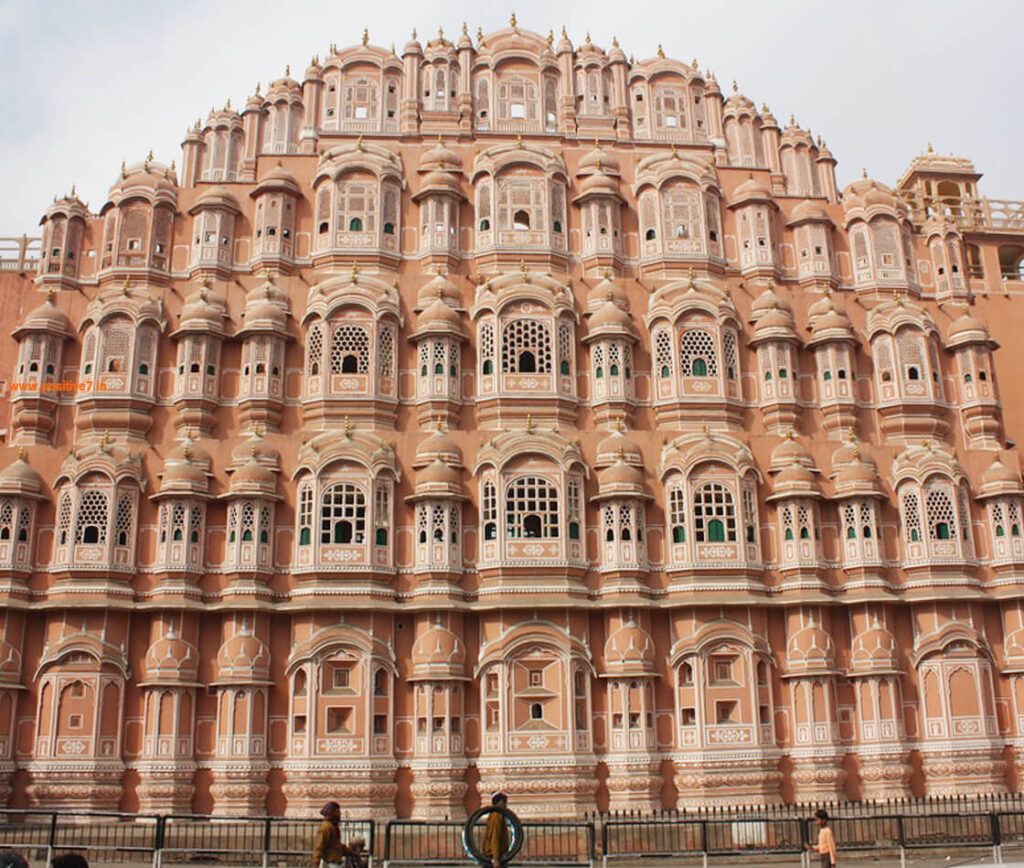
Charminar
Charminar was erected by Muhammad Quli Qutub Shah in 1591 to signify the founding of Hyderabad. This intriguing monument is situated in the bustling region of the city and is an important landmark. Comprising four minarets with a height of 66 feet, this structure was built to honor Allah as a win over the widespread disease of plague in the region. The four minarets which many believe stand for the first four ‘khalifas’ (Prophets) of Islam. Towards the north of the monument, there are four gateways known as Char Kaman which have been constructed in the cardinal directions.
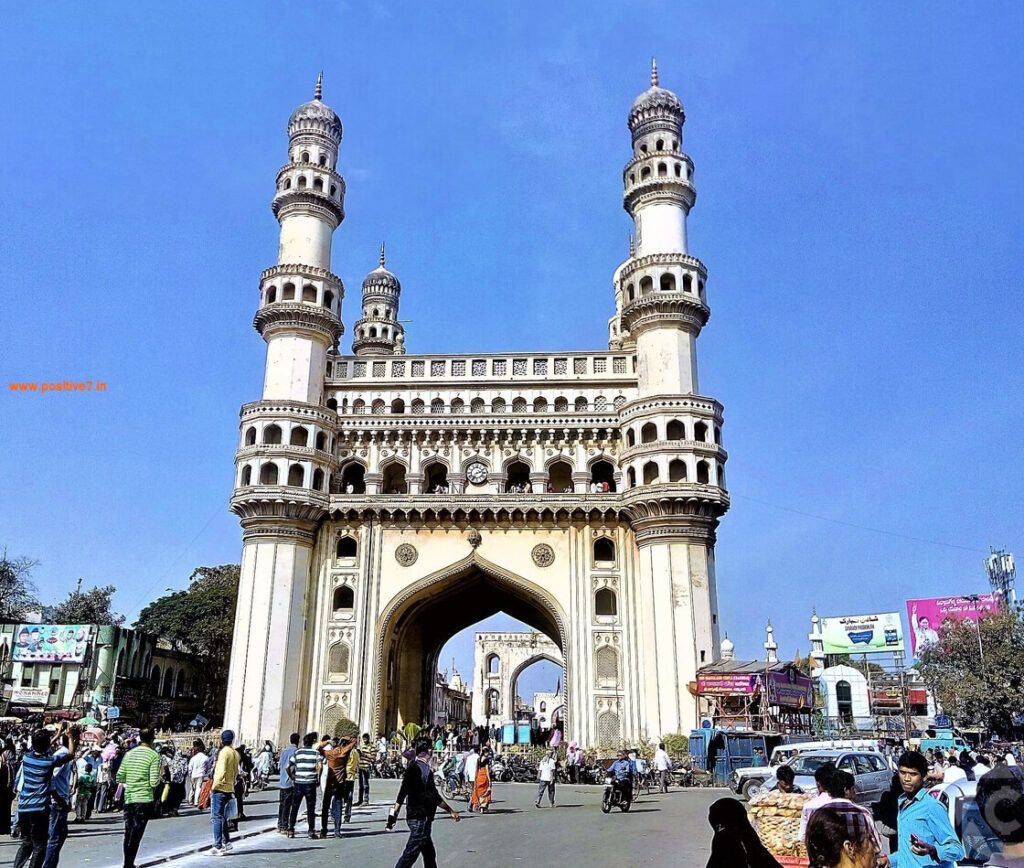
Jallianwala Bagh
Jallianwala Bagh Located near the famous Golden Temple of Amritsaris is not just a garden but also holds special significance in the history of India’s independence. Spread over 6.5 acres of land, Jallianwala Bagh is associated with one of the saddest days in Indian History when thousands of innocent people were killed on the orders of General Dyer as they gathered for a peaceful celebration of Baisakhi in the year 1919. A memorial was built in the year 1951 in honor of those who sacrificed their lives for their motherland.
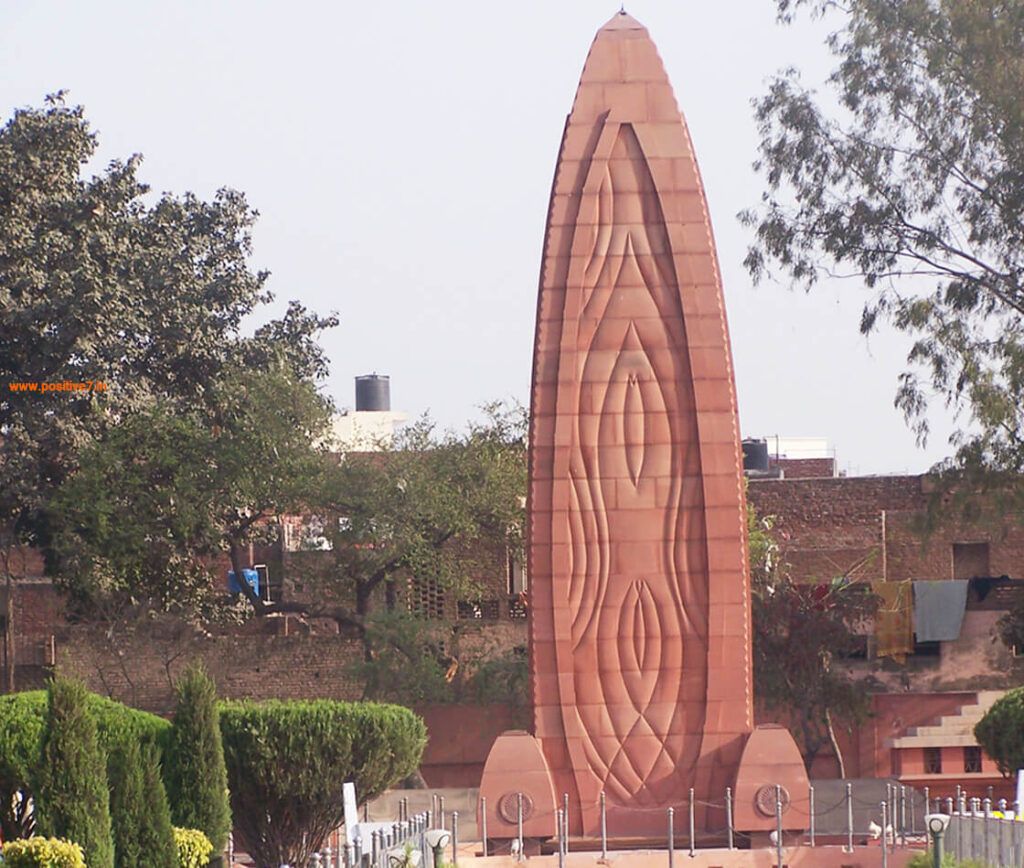
Fatehpur Sikri
Fatehpur Sikri was founded in the 16th century by Mughal Emperor Akbar and is a fine example of Mughal architecture. It is essentially a fortified city built by the king and had been the capital of his Empire for fifteen years. The highest gateway in the world, Buland Darwaza marks one of the finest surviving glories of the Mughal Sultanate as the entrance to the magnificent palace. This monument was built by Akbar to honor Sheikh Salim Chisti, whose prediction of the birth of a Mughal heir came true.
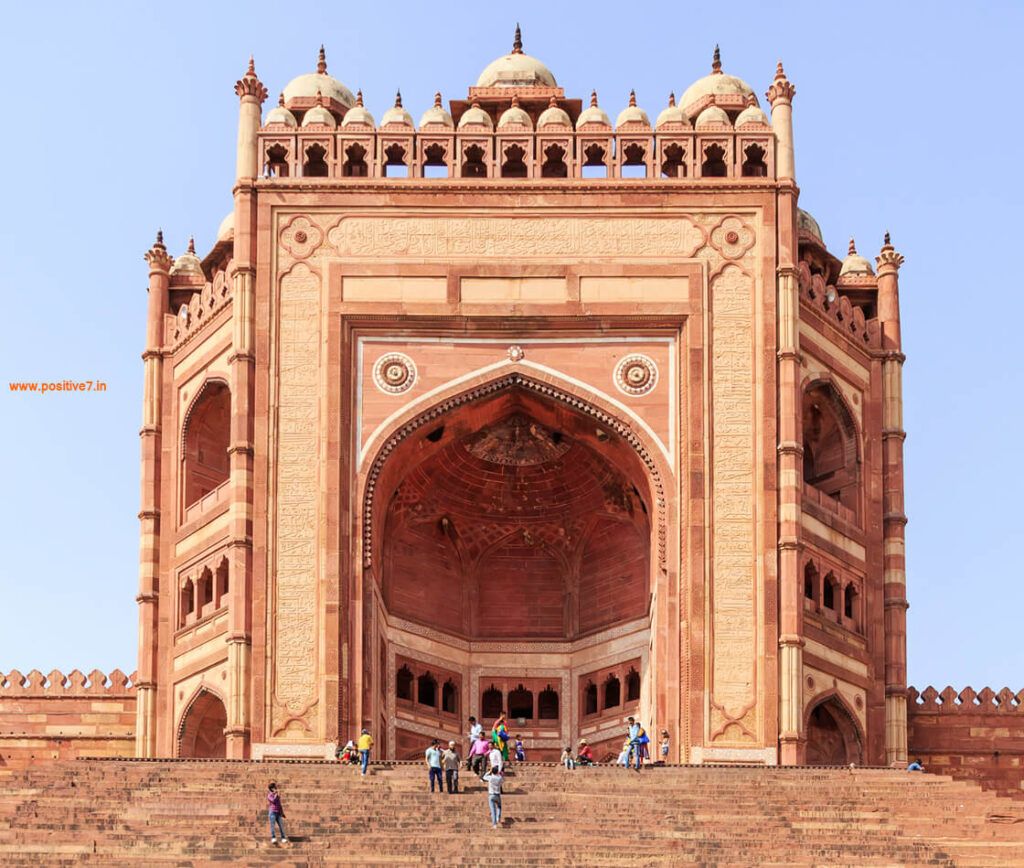
Bodhgaya
Bodhgaya Mahabodhi Temple is a Holy site for the followers of Buddhism. This temple is the place where Gautama Buddha attained enlightenment under a tree. The temple was built by the Mauryan King Ashoka around that tree. Today, a descendant of the fig tree stands in the same place. According to folklore, Mahabodhi Tree signifies the navel of Mother Earth and is said to disappear the last when the world ends and appears the first when a new era commences.
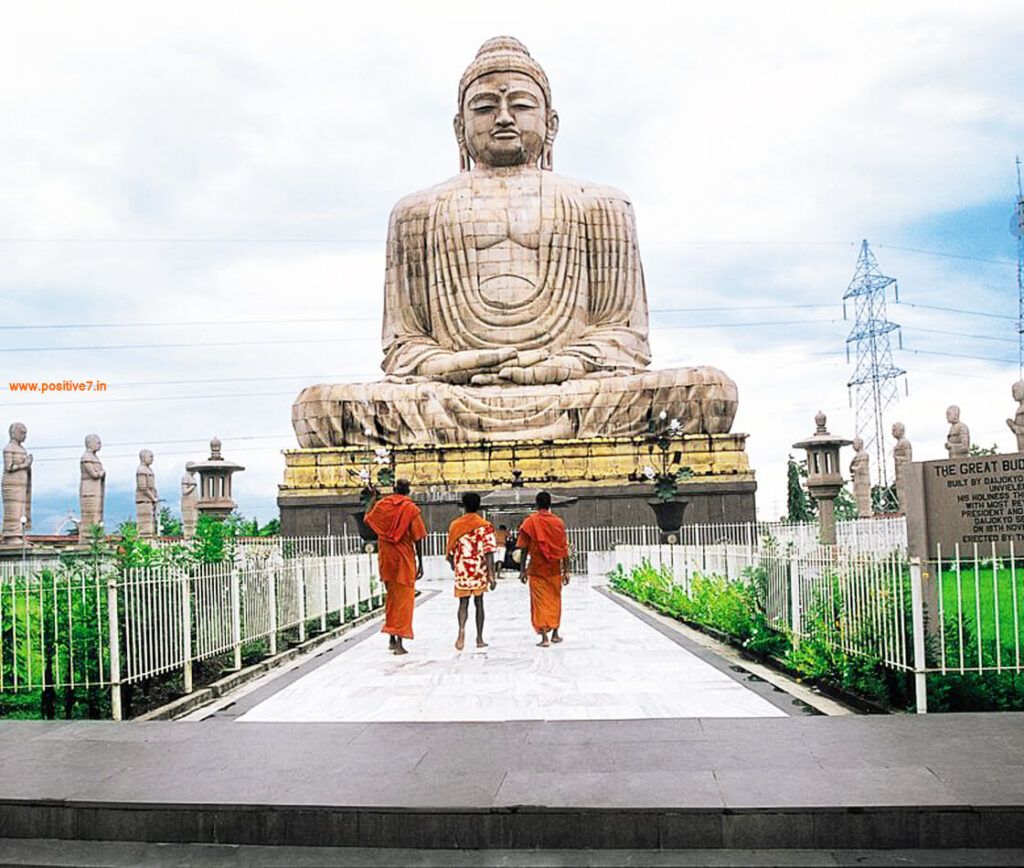
Rani ki Vav
Rani ki Vav The Queen’s stepwell is an amazing monument in the Indian state of Gujarat. It is an 11th-century splendor that was constructed by a Solanki ruler as a gift for his wife. It has a depth of 88 feet and a width of 65 feet. The entire stepwell is carved with serpentine carvings that add charm to it. In the previous times, it served as a hideout and an escape to the neighboring villages as it has secret tunnels dug. Presently, those tunnels have been closed permanently due to safety reasons.
